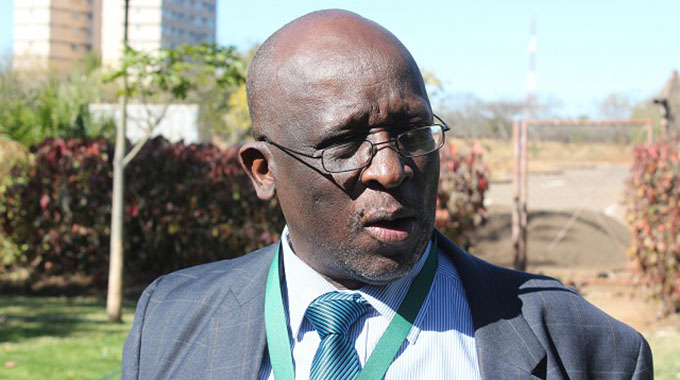AfDB boost for Sadc power transmission projects

Kizito Sikuka Correspondent
The announcement by the African Development Bank (AfDB) that it is in its final stages of approving various regional power interconnection projects is a welcome development for Southern Africa to improve its energy sector.
The Southern African Development Community (SADC) has been facing crippling challenges in meeting its energy requirements due to a combination of factors, including growth in demand.
Another major challenge has been limited investment in the sector, particularly in the construction of new transmission lines to promote the smooth movement of surplus energy across the region.
In this regard, the development of regional power interconnectors will enable SADC member states to share and benefit from increased generation capacity across borders.
Vice president of the AfDB in charge of power, energy, climate change and green growth Amadou Hott said a number of SADC regional interconnection projects had been assessed by the bank and are expected to be submitted to the AfDB board for possible support by end of November 2018.
Hott said this during his meeting with the SADC Executive Secretary Dr Stergomena Lawrence Tax in Gaborone, Botswana in late February.
Once approved, construction of new transmission lines will ensure full energy integration, allowing members of the Southern African Power Pool (SAPP) to sell surplus electricity to one another through a competitive market.
Currently, the SADC region is not fully integrated as Angola, Malawi and the United Republic of Tanzania are not connected to the regional power grid.
This, therefore, means that any new generation capacity installed in any of the three countries is not realised by the nine other SAPP members – Botswana, the Democratic Republic of Congo, Lesotho, Mozambique, Namibia, Swaziland, South Africa, Zambia and Zimbabwe.
For example, in 2016, SAPP commissioned about 780 megawatts (MW) of generation capacity in Angola, but due to lack of interconnection, the power was not accessible by any other SADC member state despite the fact that a number of countries in the region were experiencing serious energy shortages at the time.
Setting up new interconnections in the region will also create new corridors that can support industrial development and improve energy security in other parts of the region without necessarily being stifled by overloads on the existing transmission lines.
Most of the SADC regional interconnection projects that are under consideration by the AfDB are contained in the Energy Sector Plan of the Regional Infrastructure Development Master Plan (RIDMP), which covers the period 2012 to 2027.
Approved by SADC leaders at their 32nd Ordinary Summit held in August 2012 in Mozambique, the RIDMP is an ambitious programme to develop cross-border infrastructure in the region.
The Energy Sector Plan of the RIDMP estimates the total cost of additional electricity generation capacity for the region to be in the range of US$114 billion to US$233 billion.
The related transmission investment costs to support new generation capacity are estimated at about US$540 million. This transmission investment does not, however, include planned transmission interconnectors and national backbone lines.
Some of the planned transmission lines are the Zimbabwe-Zambia-Botswana-Namibia (ZiZaBoNa) interconnector project, the Malawi-Mozambique interconnector, the Mozambique-Zimbabwe-South Africa (MoZiSa) transmission project and the Zambia-Tanzania-Kenya interconnector project.
The ZiZaBoNa project has the capacity to increase power trading among participating utilities, as well as providing an alternative route to de-congest the existing central transmission corridor that passes through Zimbabwe.
When fully operational, the ZiZaBoNa line will make it possible for Namibia to import power directly from Hwange in Zimbabwe.
Currently, electricity from the Hwange Power Station is being routed to Namibia through South Africa.
On the other hand, the Malawi-Mozambique interconnector will allow Malawi to have access to the regional market through Mozambique’s interconnected grid with Zimbabwe (Songo-Bindura) and South Africa (Songo-Apollo).
This will also enable other SADC countries to access power from Malawi, as it will be connected to the regional grid.
The MoZiSa interconnector will complement other regional transmission lines and facilitate power transfers within the SAPP network.
Furthermore, it will increase stability in the power pool through additional interconnection between the strong network in the South and the weak network in the North of the region, which has been a source of SAPP grid instability.
The main aim of the Zambia-Tanzania-Kenya interconnector is to connect the power grids and create a link between SAPP and the East African Power Pool, making it possible to transmit power from Cape to Cairo.
The main objective of the project is to provide opportunities to conduct power trade in the eastern and southern Africa region and facilitate the creation of a Pan-African power market from Cape Town in South Africa to Cairo in Egypt. – sardc.net










Comments